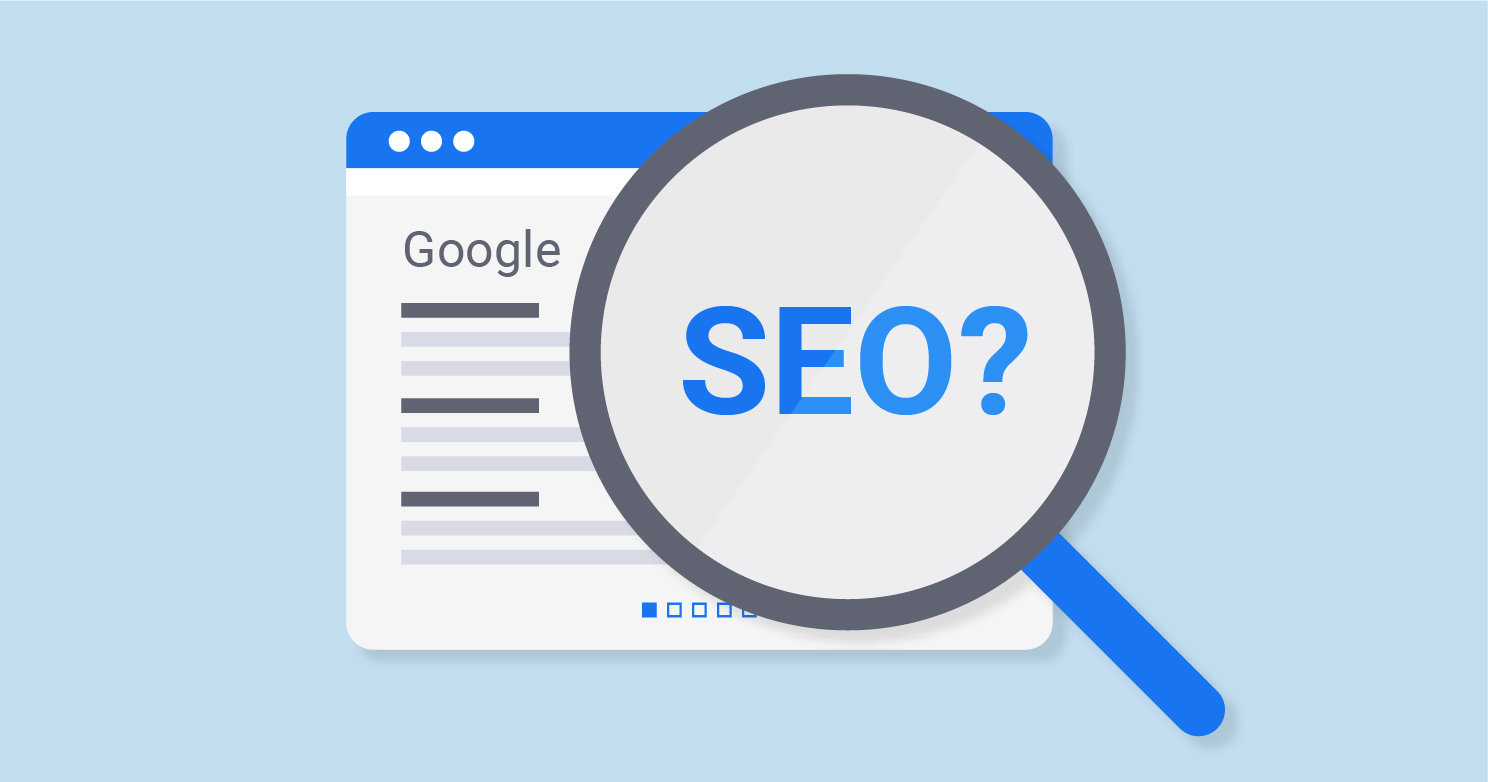Web Design Build is the process of planning, conceptualizing, and arranging content online. It includes everything from the layout of a site to the user interface.
Usability is a crucial aspect of web design, as users can quickly get frustrated if they cannot find the information they need on your website. This is where visual hierarchy comes in, as designers determine which aesthetic elements should stand out using size, color, and spacing.
A content management system (CMS) is a software platform that allows users without coding skills to create websites and pages, organize them into a structured structure, and publish them. The CMS stores the digital assets in a database or file system, retrieves them when needed, and displays them on a web page or other digital platform. It also provides tools that can help improve search engine optimization (SEO) and user management.
A CMS can be cloud-based or on-premises and comes in a variety of flavors, including decoupled, traditional, and headless CMS platforms. Each type of CMS has its own benefits and drawbacks. Choosing the right one depends on your business requirements. For example, a decoupled CMS may be best for creating and managing content for complex web applications. A traditional CMS, on the other hand, may be more suitable for simple marketing sites.
The key components of a CMS are content authoring tools, customizable templates, and the ability to edit and publish content. It should also include a search function that allows users to find content quickly. In addition, the CMS should support mobile and other device-specific features. It should also be secure and comply with regulatory standards.
Unlike static websites, which were designed to be static, content-driven websites are expected to deliver richer experiences and engage audiences across multiple devices. This means the content needs to be updated continuously and quickly. It should be easy to manage and deliver high-quality content at scale.
In this scenario, a CMS is an indispensable tool for web designers. It helps them build responsive websites and apps that meet the customer’s needs. It also simplifies the development process and increases productivity. Moreover, it can provide real-time data and analytics to enhance the overall experience of the customers.
A CMS has the potential to transform the way we think about web design. However, it’s important to understand the difference between web design and CMS in order to get the most out of this technology. A CMS is the back-end technology that supports a website or application, while web design is the front-end technology that makes it look good.
Design
Web design is an extensive process that includes a lot of work and effort. It involves creating a layout and user experience for the website, along with making it visually appealing and eye-catching. It also requires a lot of skills and knowledge, and it is usually done by teams of individuals. Web design and development are two different things, but they are often paired together. Web design focuses on the front of a website, while web development focuses on its foundation.
When it comes to the layout of a website, there are several factors to consider. A website’s layout should be based on its purpose and target audience. For example, a photography website would prioritize beautiful images, while an editorial site might focus on text and letter spacing. Another important aspect of a website is its visual hierarchy, which is the process of determining which aesthetic elements should stand out using size, color, and placement.
A web designer must also choose a suitable color scheme and fonts for the site. This can help to create a brand identity and make the website more memorable. It is also important to keep the branding consistent with other marketing materials, such as business cards and letterheads. A well-designed website is a key part of any company’s online presence, and it can increase traffic and sales.
Another important aspect of web design is its navigation. The navigation should be easy to use and accessible for both first time visitors and returning users. It should also be responsive and mobile-friendly, as more people are searching from their phones than ever before. Finally, a web design should have a clear call to action that encourages people to take the next step and become customers.
Web designers typically use programming languages such as HTML to create the framework of a website. They may also use Cascading Style Sheets (CSS) to tweak the appearance of the HTML tags they’ve created. They might also use software like Adobe Photoshop and Illustrator to create the images that will appear on the website.
Development
Web design is concerned with what the end user actually sees on their browser or mobile device, and this can include everything from colors and images to layout and typography. It also focuses on branding and ensuring that all aspects of the site’s appearance are consistent across all devices and are in line with current design trends.
Web designers must be familiar with front-end development languages like HTML and CSS, and it is often helpful for them to have a working knowledge of back-end programming languages such as Javascript and Flash. It is also important for them to keep up with the latest usability standards and best practices, as this ensures that their websites are as easy to use as possible for their target audience.
Once a designer has finalized the design of a website, they will usually share it with their client via content-sharing services like Dropbox or Zeplin. This gives them the opportunity to get feedback and make changes before they begin coding the actual website. This can be a time-consuming process, but it is crucial for ensuring that the final product meets the client’s expectations.
While the design phase may take a while, it is a necessary step in order to create an effective website. A website that is both visually appealing and easy to navigate will encourage visitors to stay on the site longer and will increase its overall traffic. In addition, a well-designed website will help to showcase the business or products in an attractive way, and it will also provide all of the information that potential customers need to know.
It is important for marketers to keep in mind that a web design should always be designed with the user experience in mind. A website that is visually appealing but doesn’t allow users to find the information they are looking for is likely to frustrate them, which can lead to a high bounce rate and low conversions. In order to avoid this, it is important for marketers to communicate with their developers and designers to create a list of “must-haves” that are crucial for the success of the project.
Maintenance
Once a website is live, it will need regular maintenance and updates to ensure that it runs smoothly. This includes keeping software, plugins and the content management system up to date. It also means making security changes to address any vulnerabilities or threats. Web maintenance can also include updating the site’s content to reflect current events, products or services. This can help to attract new visitors and improve conversion rates. Professionals have the technical expertise and time-saving skills to complete these tasks quickly and efficiently.


